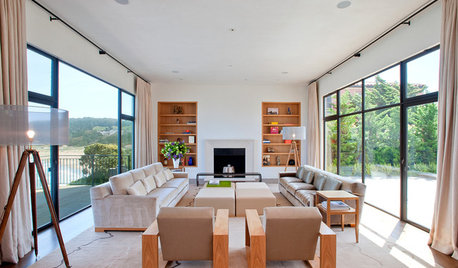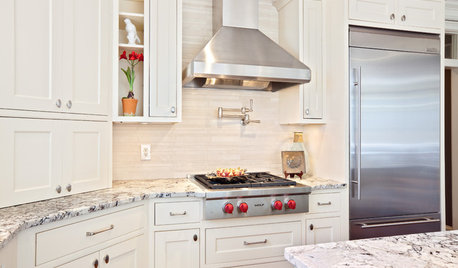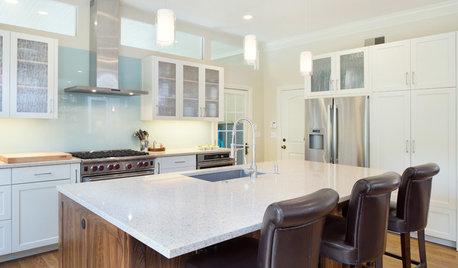Range Hood CFM Reducer
DCJersey
11 years ago
Featured Answer
Sort by:Oldest
Comments (16)
gwlolo
11 years agoRelated Professionals
Palmetto Estates Kitchen & Bathroom Designers · Riviera Beach Kitchen & Bathroom Designers · Vineyard Kitchen & Bathroom Designers · South Barrington Kitchen & Bathroom Designers · Broadlands Kitchen & Bathroom Remodelers · Hunters Creek Kitchen & Bathroom Remodelers · Lisle Kitchen & Bathroom Remodelers · North Arlington Kitchen & Bathroom Remodelers · Schiller Park Kitchen & Bathroom Remodelers · Sioux Falls Kitchen & Bathroom Remodelers · Vienna Kitchen & Bathroom Remodelers · Drexel Hill Cabinets & Cabinetry · Plymouth Cabinets & Cabinetry · Beachwood Tile and Stone Contractors · Mililani Town Design-Build FirmsDCJersey
11 years agohuango
11 years agoUser
11 years agoDCJersey
11 years agoSparklingWater
11 years agoweedmeister
11 years agoTmnca
11 years agocooksnsews
11 years agoFori
11 years agoa2gemini
11 years agospringplanter
11 years agoSparklingWater
11 years agoSparklingWater
11 years agomrclancy
11 years ago
Related Stories

KITCHEN APPLIANCESWhat to Consider When Adding a Range Hood
Get to know the types, styles and why you may want to skip a hood altogether
Full Story
MOST POPULAREasy Green: 23 Ways to Reduce Waste at Home
Pick from this plethora of earth-friendly ideas to send less to the landfill and keep more money in your pocket
Full Story
5 Stunning Modern Range Hoods
Today's kitchen range hoods can look like sleek sculptures. Here's what to look for when you go shopping for one
Full Story
KITCHEN DESIGNWhat to Know When Choosing a Range Hood
Find out the types of kitchen range hoods available and the options for customized units
Full Story
KITCHEN DESIGNHow to Choose the Right Hood Fan for Your Kitchen
Keep your kitchen clean and your home's air fresh by understanding all the options for ventilating via a hood fan
Full Story
KITCHEN DESIGNHome Above the Range: Smart Uses for Cooktop Space
With pot fillers, shelves, racks and more, you can get the most function out of the space above your kitchen range
Full Story
KITCHEN DESIGNHow to Find the Right Range for Your Kitchen
Range style is mostly a matter of personal taste. This full course of possibilities can help you find the right appliance to match yours
Full Story
HOUSEKEEPINGHow to Clean Your Range and Oven
Experts serve up advice on caring for these kitchen appliances, which work extra hard during the holidays
Full Story
KITCHEN DESIGNModern Storage and Sunshine Scare Away the Monster in a Kansas Kitchen
New windows and all-white cabinetry lighten a kitchen that was once dominated by an oversize range hood and inefficient cabinets
Full Story
KITCHEN APPLIANCESThe Many Ways to Get Creative With Kitchen Hoods
Distinctive hood designs — in reclaimed barn wood, zinc, copper and more — are transforming the look of kitchens
Full Story








juliekcmo